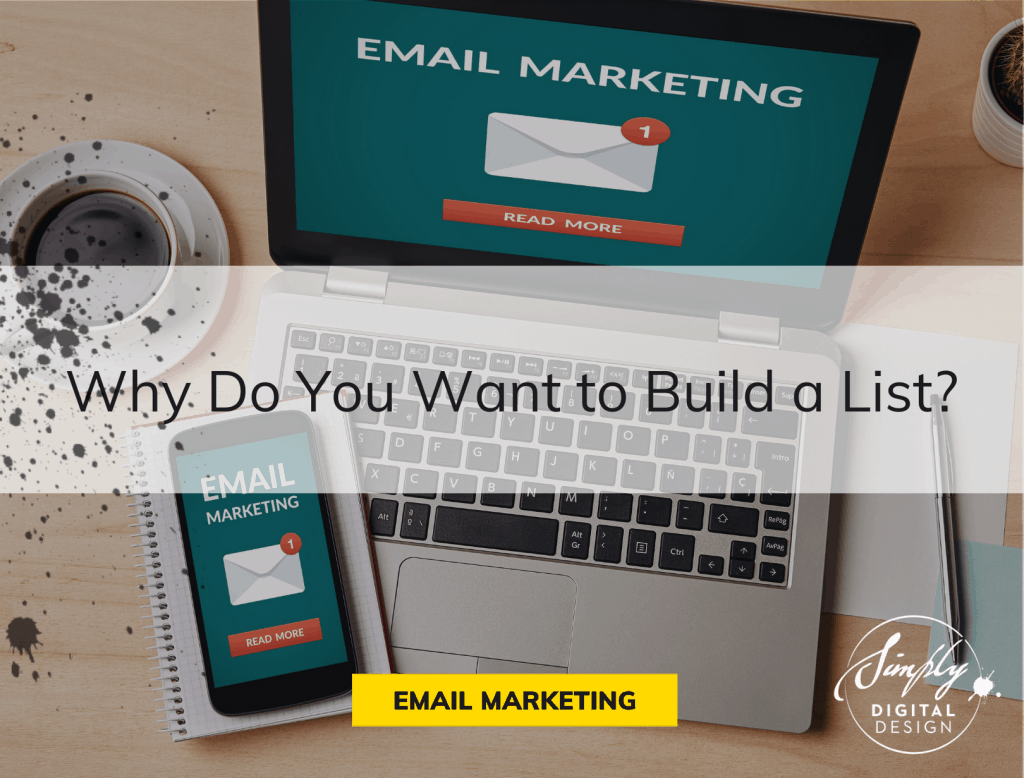This may seem like a pointless question. You know you have to build a list because that is where the money is. Or at least that is what you have heard. But you don’t really know it firsthand. You just know you should be building a list, and you figure that once you build your list, you can make it profitable.
But it doesn’t really work that way. You see, you need to know why you want your list. Who are you going to put on your list? Are they going to be buyers or freebie seekers, are they going to simply read your emails and yawn or are they going to click through to sales pages and spend their money? What types of products are they going to want to buy?
All of those questions, and especially the answers to them, are critically important. If you build the wrong list for your product or your purchase, you will not be able to make it profitable.
For example, let’s assume that you are selling snowboarding equipment and supplies. You want to build your list fast, so you launch a massive advertising campaign to a very general audience offering free information about snowboarding. You will attract a lot of people who will enjoy reading your well-written free information, but don’t have the time or money to spend on an actual vacation to go snowboarding. In this case, you would be much better off creating a very small list of people who are already spending money on snowboarding equipment.
So what do you need to do to avoid that scenario?
First, you need to decide what you are going to sell (or promote). Then market to that niche. For example, if you decide to sell snowboarding equipment, create an informational product on how to get more life out of existing equipment. Now, you will attract subscribers who already have equipment and are using it. Do you see the difference between that and giving away a good looking piece on snowboarding? The snowboarding product attracts people who are not generally interested in the equipment and the equipment product will attract people who are. In fact, the person who owns equipment and is likely to buy more would probably NOT opt in to a list just to get information on snowboarding –he is already snowboarding and might download a product on how to more effectively do a specific trick, but not a general product on snowboarding.
Second, you must be sure to target people who have the means to spend money with you. For example, if you are marketing a new kind of diet, you would want to target people who are overweight and have the means to spend on your new diet instructions. If you give away a free book on eating healthier, you may attract people who are not overweight, but simply wish to eat healthier (which is fine if you also have a product for that demographic). But if you give away a product that specifically teaches overweight people how to change their meal selections so that the can lose weight, you will be specifically targeting people who need to lose weight and who are more likely to spend money on losing that weight.

